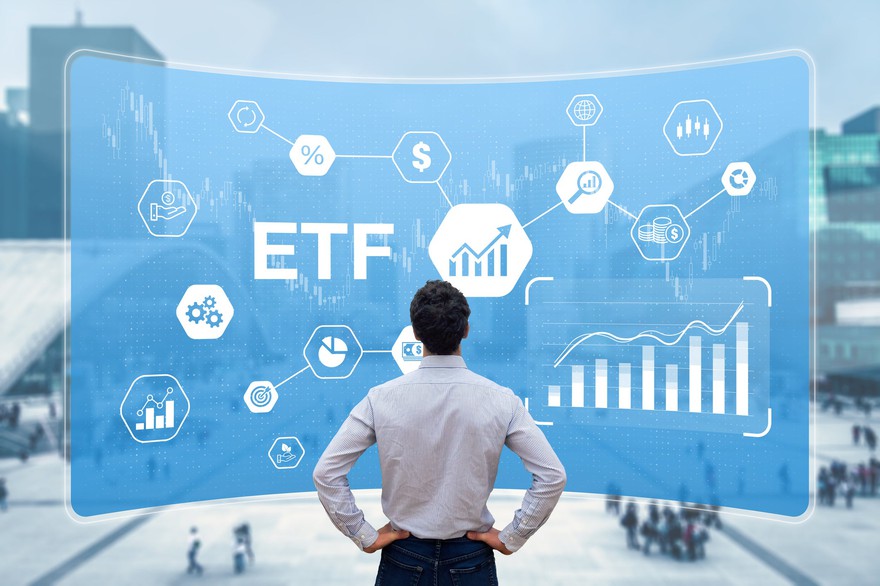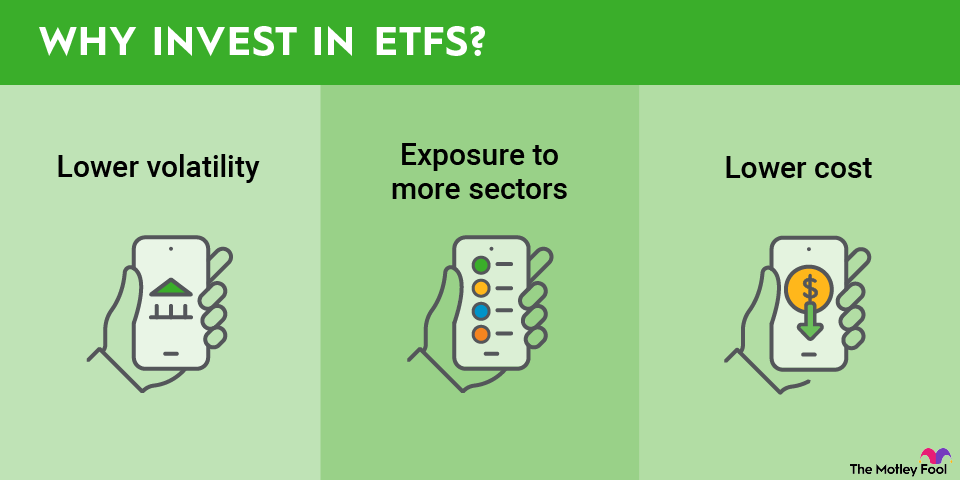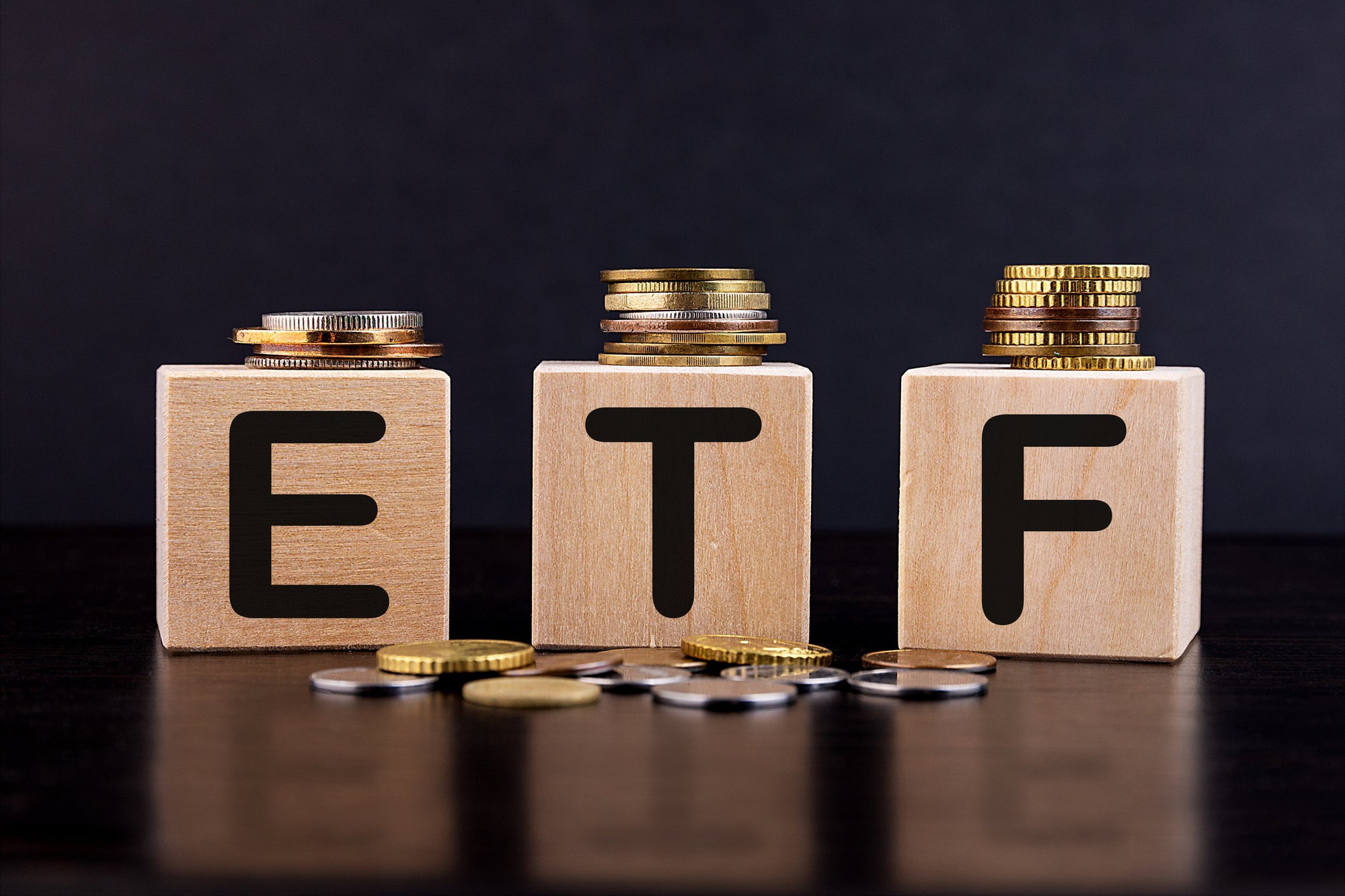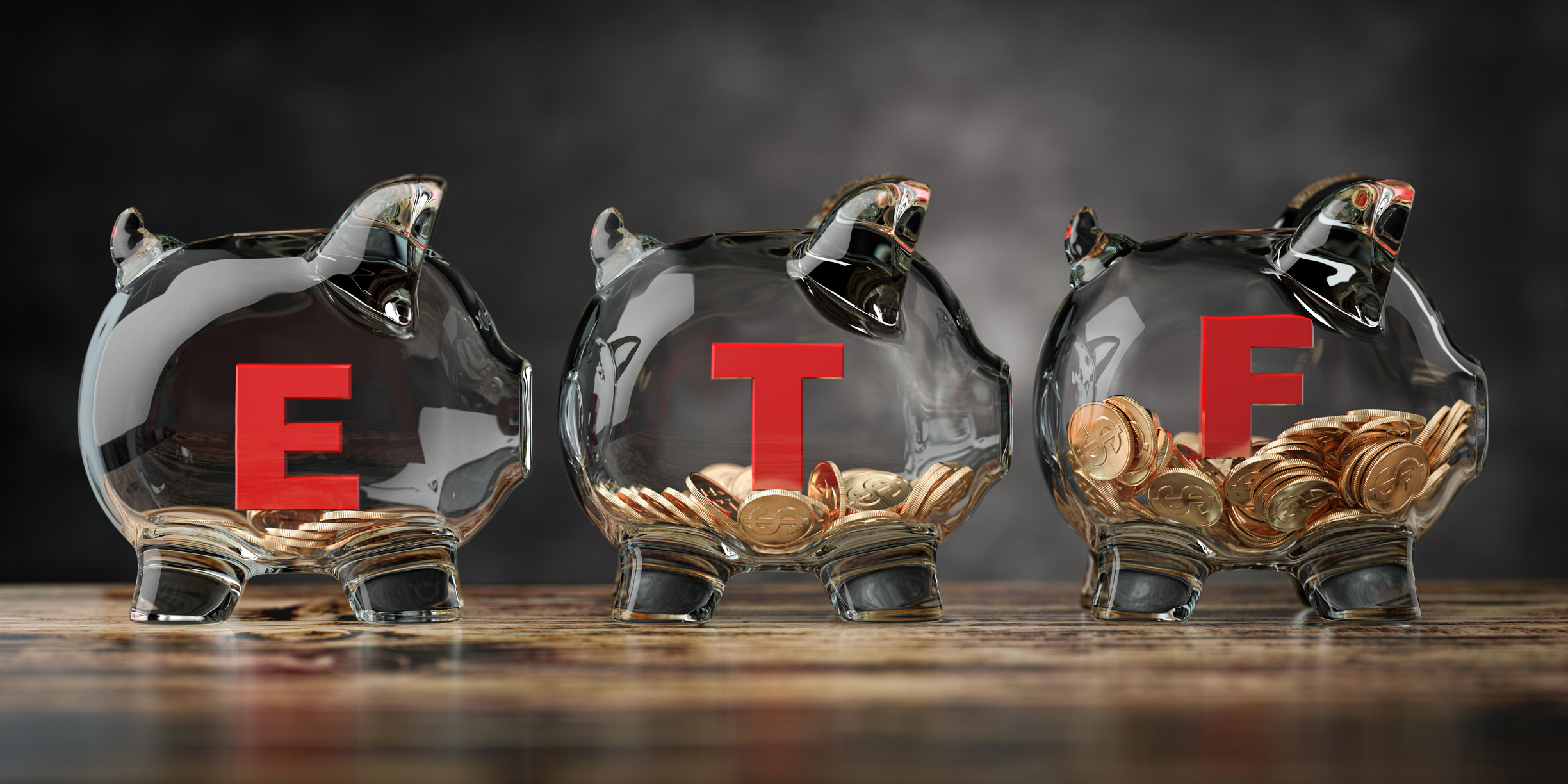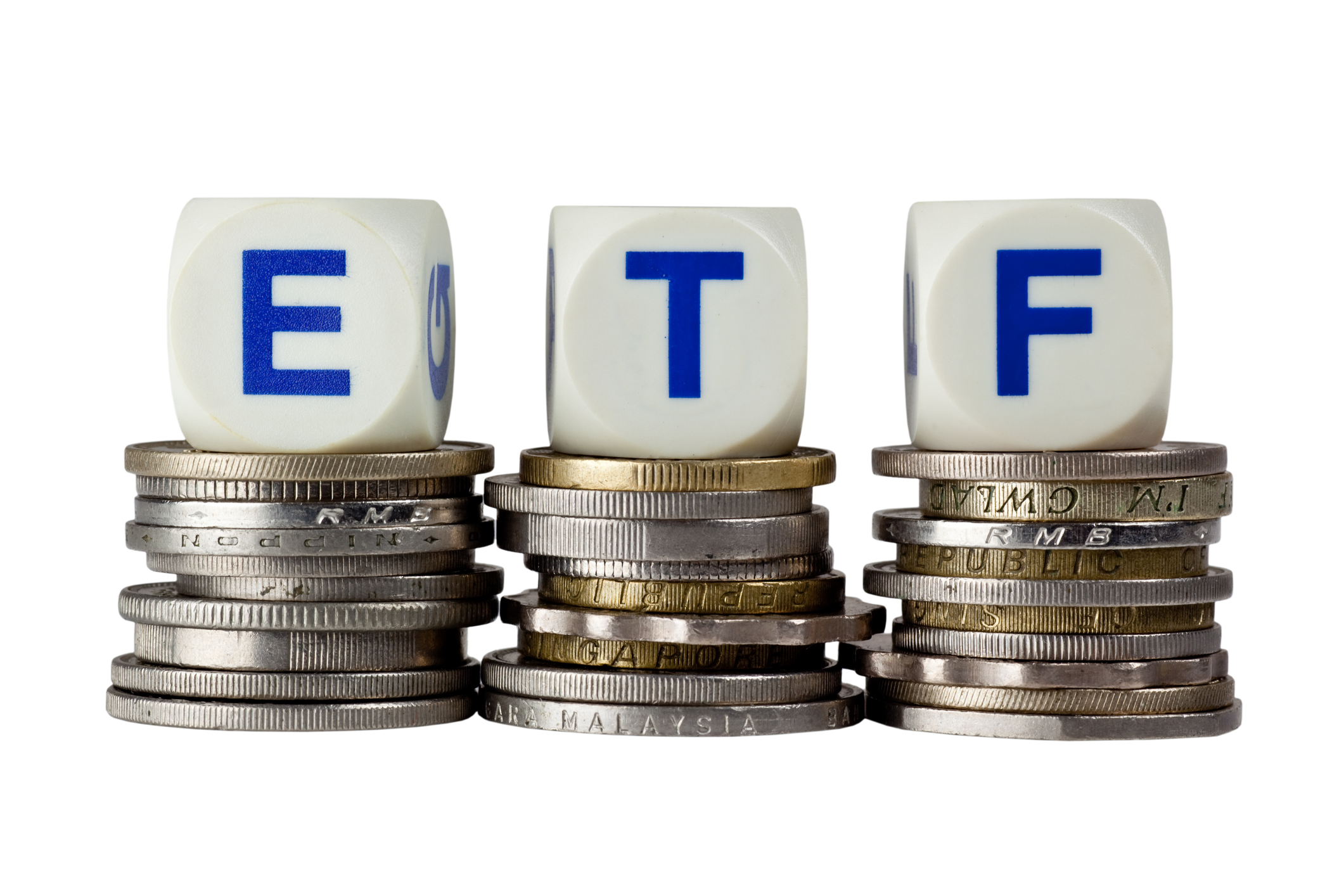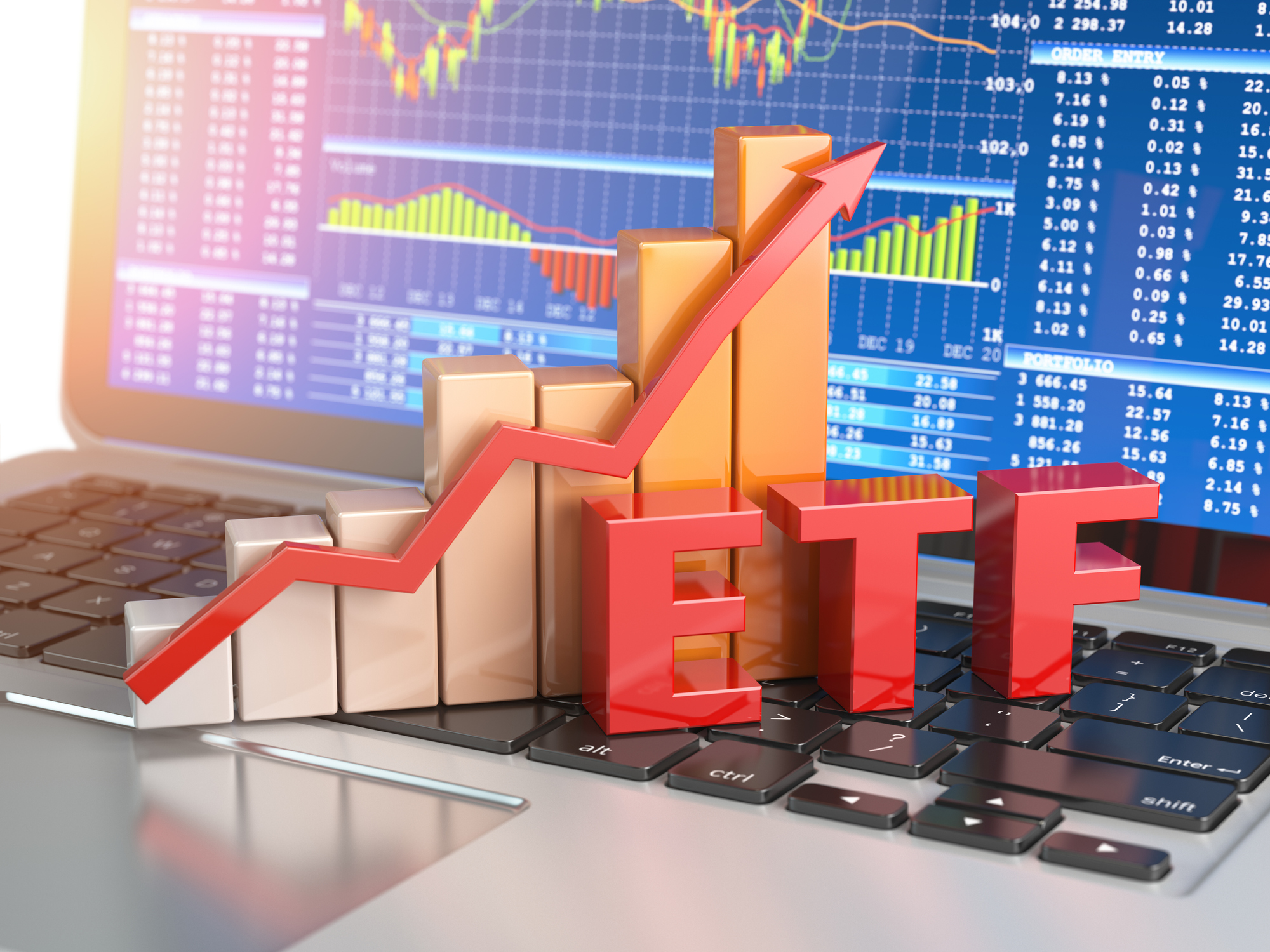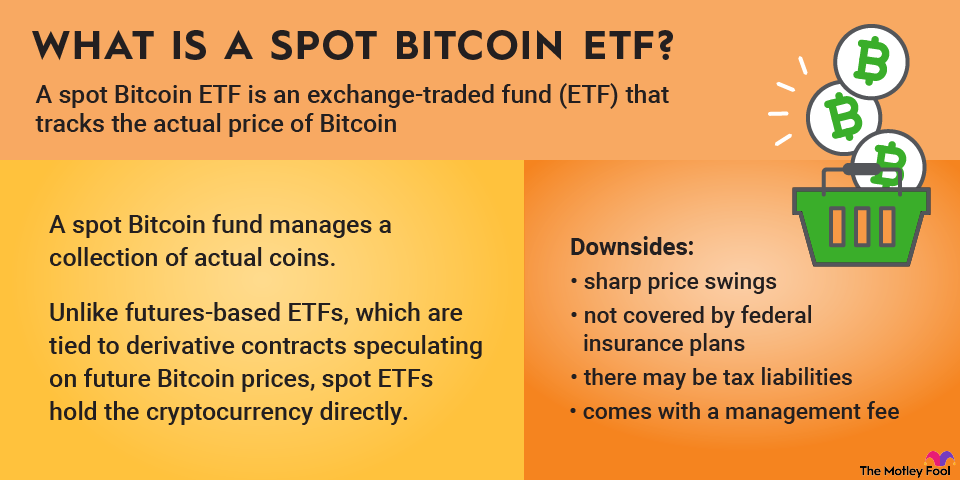
NYSEMKT: INDA
Key Data Points
What is the iShares MSCI India ETF?
This ETF passively tracks the MSCI India Index, a benchmark of 161 Indian equities listed on local exchanges.
“Passive” means the fund isn’t trying to beat the market -- it simply aims to replicate the index’s performance by owning all the same stocks in the same proportions.
Because it’s market cap-weighted, the largest Indian companies get the biggest allocations, giving the fund a natural bias toward established blue chip names.
Exchange-Traded Fund (ETF)
How to buy the iShares MSCI India ETF
Step 1: Open your brokerage account: Log in to your brokerage account where you handle your investments.
Step 2: Search for the ETF: Enter the ticker or ETF name into the search bar to bring up the ETF's trading page.
Step 3: Decide how many shares to buy: Consider your investment goals and how much of your portfolio you want to allocate to this ETF.
Step 4: Select order type: Choose between a market order to buy at the current price or a limit order to specify the maximum price you're willing to pay.
Step 5: Submit your order: Confirm the details and submit your buy order.
Step 6: Review your purchase: Check your portfolio to ensure your order was filled as expected and adjust your investment strategy accordingly.
Should you invest in the iShares MSCI India ETF?
If you believe in India’s long-term growth story, this ETF gives you a simple way to participate. The fund captures exposure to favorable demographics, technology adoption, and industrial policy tailwinds that could drive corporate profits higher over the next decade.
However, if you expect the U.S. dollar to strengthen, this ETF may face currency headwinds, as returns are translated from rupees into dollars. Likewise, if you’re bearish on emerging markets due to political risk, global slowdowns, or higher volatility, this fund may not align with your risk tolerance.
What is the iShares MSCI India ETF’s expense ratio?
The ETF’s expense ratio is 0.62%, or about $62 per year for every $10,000 invested. This covers management and operational costs. While that was once typical for single-country emerging-market ETFs, there are now cheaper alternatives.
Expense Ratio
Historical performance of iShares MSCI India ETF
1y | 3y | 5y | 10y | |
Net Asset Value | -10.35% | 8.56% | 10.78% | 7.62% |
Market Price | -10.40% | 8.81% | 10.61% | 7.51% |
Related investing topics
The bottom line
Before investing outside the U.S., think carefully about whether a broader ex-U.S. fund might better serve your portfolio goals than targeting a single country.
While India offers compelling growth potential, concentrated exposure also comes with currency, political, and liquidity risks, so an Indian equity ETF might not be the best ETF for your goals.
For long-term investors willing to ride out emerging-market volatility, this ETF provides a straightforward, efficient way to own a piece of one of the world’s fastest-growing economies, but it remains concentrated both in terms of geography and sectors.
